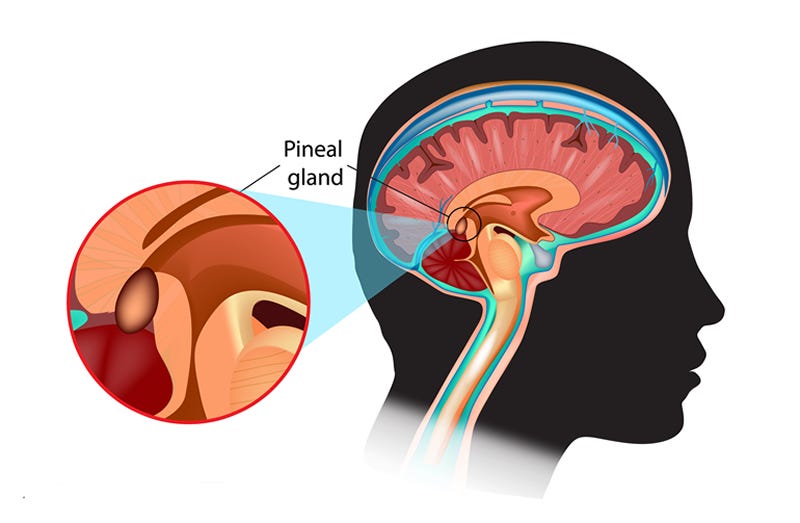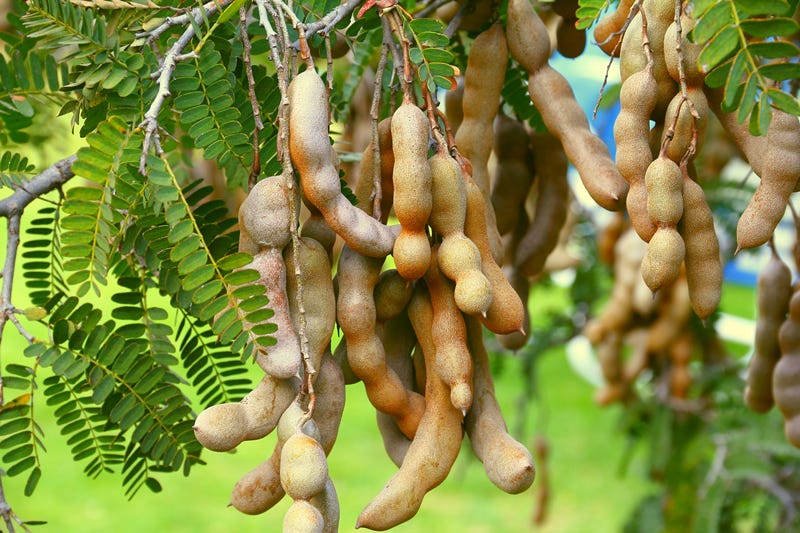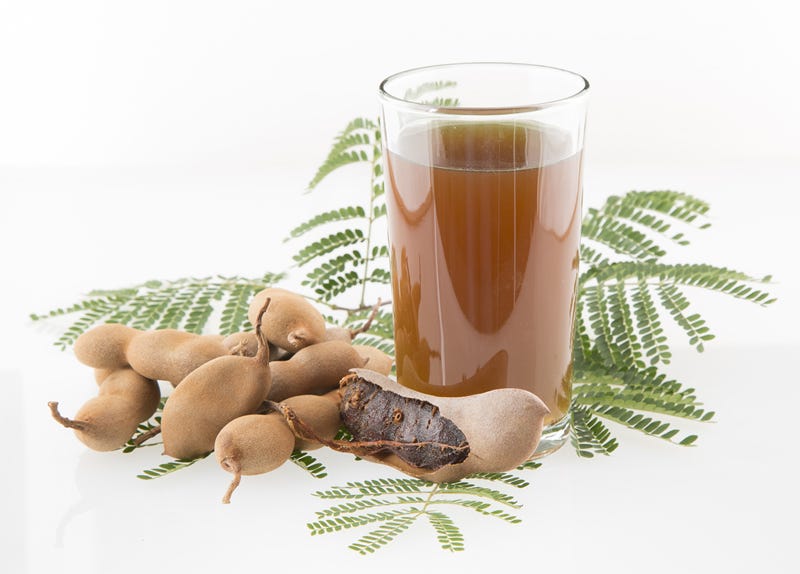A few days ago, I posted an essay called Connecting the Dots. It actually belongs to the series devoted to oral health and detoxification of materials uses in dental procedures. First, there was a suggestion to chelate mercury, then one that focused mainly on radiation, but there were some loose ends regarding fluoride. These are the three main concerns, but oral health also involves care of the teeth and gums. Today, I want to join a few more dots. The timing turned out to be quite interesting because the National Toxicology Program has submitted a preliminary draft of a report confirming what many have long suspected: fluoride exposure is linked to various developmental problems, including IQ. Roughly three-quarters of water delivered to American homes is fluoridated, and the proponents of this insist the fluoride, a known neurotoxin, is safe. Just to make this broader, here is a map showing the countries that fluoridate water:
Fluoride occurs naturally, but, since 1945, it has often been intentionally added to municipal water, dental products, and sometimes commonly used cooking ingredients like salt. It is also coincidentally found in packaged beverages that contain water.
Fluoride is dangerous even when present in only one part per million, but the initial effects are sometimes subtle and either overlooked or not attributed to the correct underlying cause; however, the effects are cumulative. The main issue is loss of acuity and disruption of the endocrine system. Longer term, fluoride can lead to developmental disorders, hypothyroidism, dyslexia, reduction in IQ, fluorosis, ossification of the pineal gland, and osteosarcoma. Of these, the interference with the functioning of the pineal gland is what concerns me the most because we are all potentially creative and inspired, but if the pineal gland is calcified, our divine nature may be hidden from our awareness. Then, our influences come from inferior sources, like our schools, entertainment industries, and media.
Obviously, we should all be concerned about anything that interferes with our mental capacity. This is especially true for those who are young and still growing but also for anyone suffering from any of the conditions associated with fluoride toxicity. In this post, I will not take the time to argue the pros and cons of the alleged benefits except to note that the chemicals added to our water are toxic, not protective of our teeth and bones.
Vastly enlarged image from light microscope of a human pineal gland with calcareous concretions.
The Seat of the Soul
The pineal gland is where serotonin is converted to melatonin, the “sleep hormone”; but what is sometimes not understood is that the pineal gland is light sensitive so it also has a relationship to circadian rhythms and our synchronization with nature. It was René Descartes (1596-1650) who stated his belief that the pineal gland is the seat of the soul. This was based on its singularity as compared to the duality of other perceptions. To make this intelligible, we have five senses but we rely mostly heavily on eyes and ears. We have two eyes and two ears; but the pineal gland is situated right in the middle between the two hemispheres of the brain, and it is not protected by the blood-brain barrier so it is accessible and therefore affected by whatever circulates. Descartes postulated that since we perceive duality but conclude one perception at a time that the pineal gland was reconciling the input into a single impression. Of course, sages in the East long held to the idea of a higher influence operating via the system of chakras and their correspondences to the endocrine system.
The calcification of the pineal gland consists of what we might call gravel-like grains that resemble the dentin found in teeth and bones. Roughly sixty different health conditions have been associated with fluoride toxicity. This essay is only about excreting and decalcifying the pineal gland; but besides recovering a conscious connection to our souls, we can expect that several other problems will resolve when the underlying causes are corrected.
Decalcification Procedure
The first step is to avoid fluoride-laced products such as treated water, toothpaste with fluoride, and certain medications. For example, Prozac is 30% by weight fluoride. Also, check non-stick cookware for fluoride.
Some studies indicate that putting holy basil leaves into fluoridated water will remove the fluoride. However, this takes time so if the water is to be used for cooking or drinking, one may need a large container and ongoing source of tulsi leaves. This has been fairly widely reported in India as well as alternative health sources. The studies have been done in numerous different ways, often with very large amounts of tulsi leaves and shorter time periods between addition of the leaves and testing, like 20 minutes, and smaller amounts for longer periods of time, eight hours of more. Also the initial level of fluoride varied from as high as seven parts per million or much lower. In short, it is hard to draw conclusions, but if the water is fluoridated, the fluoride will be absorbed in bath water, hot tubs, and swimming pools as well.
Fluoride is a halide so it binds to iodine receptors. Using foods that are high in iodine will thwart some assimilation of fluoride. Seaweed was the preferred source of iodine pre-Fukushima. I am not sure of the current safety status of seaweed. Dried prunes, cranberries, bananas, and strawberries also contain iodine, but in small amounts.¹ Shilajit is also recommended by many sources, both in the Indian Subcontinent and abroad.
Above: Tamarind pods growing on tree.
The herb that has been most extensively tested for its ability to decalcify the pineal gland is tamarind. The length of time required to achieve the goal depends on the level and duration of exposure as well as the diet. To make this as clear as possible, if someone has been drinking fluoridated water since 1945, it may take several months to decalcify the pineal gland. However, if the exposure was shorter, decalcification might take weeks rather than months. Likewise, much depends on the diet and constitutional type. If one has been consuming tamarind and foods high in antioxidants and iodine, the degree of calcification might be much less than that of someone whose diet lacked those ingredients. All this said, as a round figure, it might be worth considering a minimum of 45 days use of tamarind before drawing conclusions.
Tamarind is originally from Africa but grows throughout the tropics at this time in our Earth history. The name comes from the Persia and means Indian date: tamar hind. The tree is actually however a member of the pea family as the pods in the image below suggest, but the pods are huge in comparison to peas, and the seed is also quite large. The fruit is mainly sour in taste and is an excellent blood and heart tonic. It is an antioxidant and hence boosts immunity and reduces inflammation. In India, it is believed that tamarind is particularly effective in removing the free radicals associated with aging.
Tamarind Chutney
To remove the seeds, tamarind is soaked in water, and then cooked. Unless living in the tropics, fresh tamarind may or may not be available. Our local market has the paste in a kind of brick form, but there are usually some seeds in the paste that escaped detection when the paste was packaged. Puréed tamarind can be found in jars. Of course, the chutney is also available. Tamarind is sour so some people add dates or mangoes to the tamarind. Chutney can be used more or less in the same way as ketchup whereas the beverage is an excellent substitute for lemonade.
If you make a paste as in this video, you can use it for refreshing beverages as well as chutney. Consider it also as an alternative to Hollandaise sauce for asparagus.
By way of full disclosure, my interest in Ayurvedic Medicine was kindled in 1968 when working in India. So, we can say that there are many years of study supporting my approach to healing. I began using herbs in the 1970s and created a tiny apothecary shop in the 1980s. By the 1990s, I contracted with herbal laboratories to produce some products to my specifications and now have an extensive product line of herbs and essential oils.
I do produce Tamarind as an extract. This is easy to use as compared to chutney, but this is not a situation of either/or but rather one of practicality. When consuming chutney or drinking tamarind juice, skip the extract for that day. Tamarind is also supported by turmeric, the main ingredient in curry powder, so the same advice holds up here. If you have lunch at an Indian restaurant, you probably will not need the herbal extracts that day; but if you are not consuming these ingredients in the foods you eat, the herbal extracts can meet your intake goals for the day. Be patient because this process can take a long time.
There is a second comment to make. I first published on tamarind in October 2011 and updated some content for Substack. At the time that I published, there were many studies of tamarind as the primary herb to use for decalcifying the pineal gland. I have spent several days this week looking for a serious clinical trial. It is not easy to find such because the proof is subjective. However, in animal studies, the results support the claim. That said, the way the studies are done is unconscionable.
Going back some years, my Tamarind Extract was sold on Amazon and had rave reviews. Amazon kept clipping my wings. When it deleted my book, I closed my account. Obviously, the book is available from me, but this is one of those areas where I believe strongly that we have to trust ourselves because it is obvious to me that the shutting down of the pineal gland is intentional . . . and dare I add more? This said, once achieving your goals, I would reduce intake because what is good for the gums is not always good for the teeth so moderation is advised.
Finally, to honor the commitment of subscribers, I would like to say that my intention is to add two more posts dealing with oral health issues.
Copyright by Dr. Ingrid Naiman 2023 || All Rights Reserved
These products are available on ToxicTeeth.com, owned by Sacred Medicine Sanctuary and operated by the author.
Footnotes:
¹ https://ods.od.nih.gov/factsheets/Iodine-HealthProfessional/
Image Credit:
https://wearechange.org/all-the-countries-that-have-fluoride-in-their-water-and-what-modern-science-says-about-it/
Other images are licensed by Dreamstime.com.
Additional Resources:
https://www.foodandwaterwatch.org/
Links:
Tamarind Ice Cream Recipe:
https://bigswedefood.com/2019/03/30/tamarind-ice-cream/.
Note: I often make my own ice cream or popsicles, but without milk, eggs, or sugar. Coconut milk or cream makes perfectly lovely ice cream. Sugar substitutes include maple syrup granules, date sugar, raw honey, and/or stevia.












Another question from me. I had received a notice saying I can share your substack with 3 people. But by the time I got to reading that, it had expired. So I would like to include my cousin and 2 colleagues. One already has a proton mail address. One is in the process of getting a proton mail address. And the other one doesn’t know she is going to get a proton mail address, yet. Can i share with the ones who have proton mail?
How does one know when decalcification has been achieved?